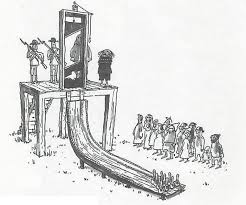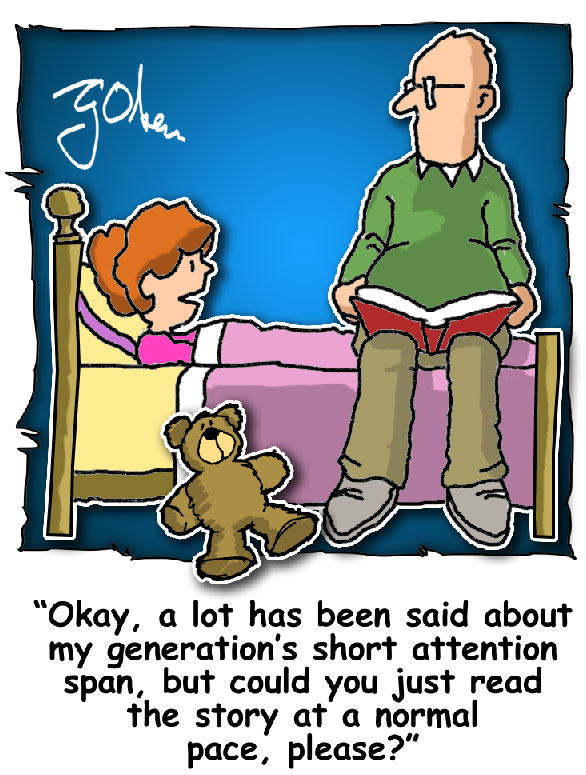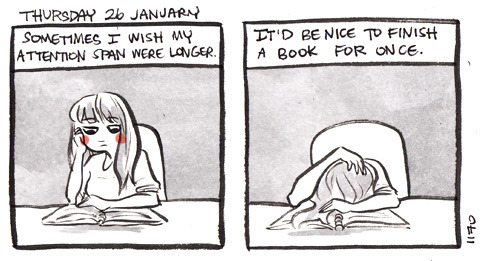Steal upon pain of death!
 haha, guillotine bowling!
Anyways, this is a collection of poems (some of which are old and some of which were written for my Intro to Creative Writing class) that I'm going to be sharing with the aforementioned class on Wednesday for a peer-review.
For readers of a sensitive disposition (aka - my family - my entire readership) there is a naughty word at the end of "Ode to the Fairytale Princess" and one less naughty word at the end of "You" Other than that, it's perfectly fine. Happy reading!
haha, guillotine bowling!
Anyways, this is a collection of poems (some of which are old and some of which were written for my Intro to Creative Writing class) that I'm going to be sharing with the aforementioned class on Wednesday for a peer-review.
For readers of a sensitive disposition (aka - my family - my entire readership) there is a naughty word at the end of "Ode to the Fairytale Princess" and one less naughty word at the end of "You" Other than that, it's perfectly fine. Happy reading!
Prose Poem
Cold coffee is a graveyard. It makes my stomach sick – churn like an
ocean. My mug is a little urn with the
ashy remains of cheap dining hall brew.
I can feel particulates on my tongue, sliding, tumbling down the tube
into my body. Neither warm nor cold, it
is that awful temperature in between. From
yesterday—it is stale. Around the edges,
the meniscus, the brew turns green. The
tumbler is silver and fades to copper; it’s rusting from the inside out.
You,
How
do I convey my scream from me to you?
To
scream aloud I suppose would do
To
get this thing from me to you.
I
do, I do.
The
words belong to you.
I
thought you knew
What
you would have to do,
You
swore to see it through.
You
went back on your word, The Word, the “I love you”.
You
liar, yes you, oh you,
I
wish you’d dealt me a through-and-through,
Carved
out my eyes of blue
So
I didn’t have to see her and you;
A
year long memento of what I couldn’t do.
I
hope she breaks your heart, yes I do,
So
you will see that I, that I was true.
You
damn liar you.
Peanut
butter and jelly—
My
roommate is smelly.
I
used to think
That
the awful stink
Was from her boyfriend.
She said he smelled like peanut
butter,
But
really, it smelled like feet—
What
kind of peanut butter do you eat?
Now,
the boy is no longer here
And
the air still hasn’t cleared,
So
I’ve done some logical reasoning;
It
is my roommate with the unconventional seasoning.
Ode
to the Fairytale Princess
Spin
and twirl and silver
Goes
the virgin’s gown.
This
is your magic night.
Don’t
listen to the world,
They’re
not screaming,
There
is no death, no hurt.
Keep
your eyes closed,
Princess,
We
want you stupid.
Don’t
ever learn, because only
Your
Prince can make you happy.
You
are not your own.
It’s
a rape, your Blindness.
Glossy
eyes and a pretty face,
But
no soul.
So
swirl and twirl and dance away
Your
life. Nothing else is out there,
The
world is this ballroom.
Didn’t
you know,
Kind-and-gentle-heart,
A
man is either handsome or evil?
Happily
ever after ends with
Scribbles
on your headstone.
No
one knows your name.
You
should have lived,
You
stupid girl.
You
blind little whore.
The Necromancer
Knocking
bones answer the call
The
green-black spells,
Of
ancient words read from moldy pages
In
the elder tongue,
The
primal speak,
The
fears woven into man’s soul.
He
trucks with devils
That
roam the hearts and lands.
Flesh
and sinew remade out of smoke and ash—
His
bloody children,
He
makes life from the clay.
Through
the dank night air
The
conjuror searches
For
a fresh new stone
With
pasty, fleshy bones,
For
eyes to see behind him,
And
bones to walk beside him.
Through
bog and peat and moor,
This
crow snatches at the secrets to life.
Sliming
eyes peel open at the touch of a hand,
The
will of a mind.
The
white and clicking children
Walk
through the fields at night,
Peering
with eyeless sockets at the fireside,
Running
down travelers on the roads,
And
sheep in the hills.
Flesh
and blood,
At
work over a corpse;
Stitching
and switching,
Summon
the dead.
Arise
from what is beyond
The
misted river.
He
lifts the veil
To
peer with living eyes
Into
the world of the dead.
Poem
Happy
Flubber
Pub
Tree
Bumblebee












